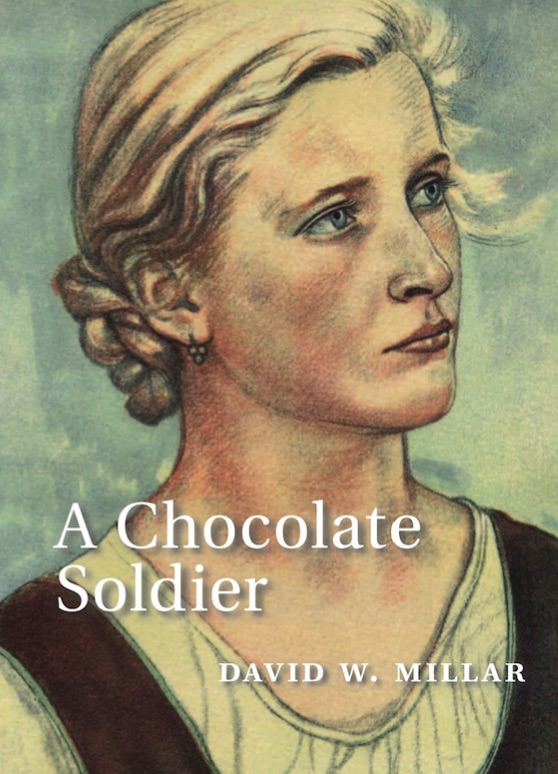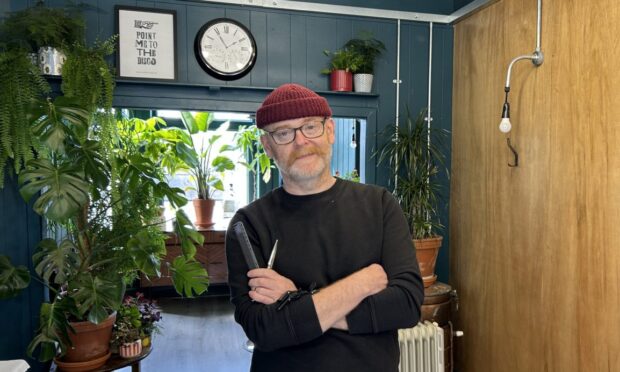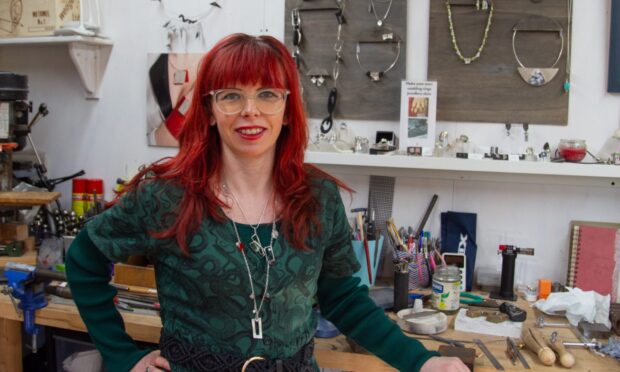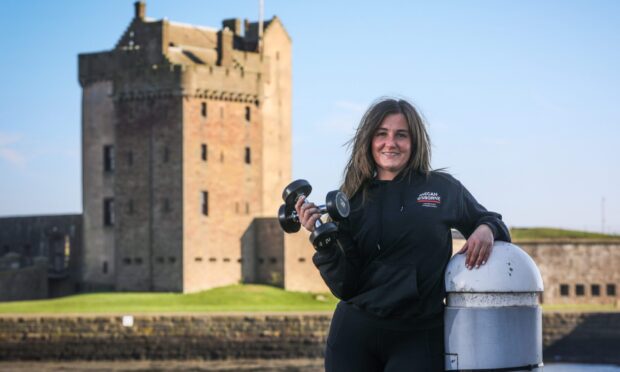A retired science teacher from Arbroath who wrote comedy sketches for TV and stand-up comedians and composed humorous verses for more than 500 greetings cards in the UK and America, has revealed his serious side by publishing his first novel, A Chocolate Soldier.
David W. Millar tells the story of 18-year-old Neil who gets a temporary job in a care home where he strikes up an uneasy friendship with Oleg, a survivor of the siege of Stalingrad – a major battle in the Second World War when Nazi Germany and its allies fought the Soviet Union for control of the city of Stalingrad.
“The book touches on the horrors of war, but is mainly about the chronic regret that people can carry for years over events that occurred in their past – and the catharsis that confession can bring,” explains David.
“I am fascinated by the workings of the brain in regard to guilt.”
The book took around two years to complete and David read extensively about the siege of Stalingrad.
“I can’t claim to know a lot about Russian history in general but a brief study of the siege of Stalingrad at school did leave an impression,” he says.
“The scale of the slaughter was staggering. But, in truth, I used the war mainly as a backdrop for the story.”
When he’s not writing 64-year-old David cycles, swims or runs every day and loves thinking up twists and turns, running dialogue through his head when out on long cycle rides, or plotting possible endings before he falls asleep at night.
David discovered that writing a book was trickier than coming up with greetings card humour and sketches for comedians.
“That came easy for me but with the book, my main fault was a desire to keep re-reading and trying to improve the book – it became an obsession,” he recalls.
“I hope readers enjoy the book. If it helps people reflect on past tragedies of human conflict, then that’s a bonus,” he continues.
“I’m just so grateful to have a book in my hand and be able to say: ‘Hey, I wrote this!’”
A Chocolate Soldier is published by Tippermuir Books, priced £8.99.
Bloody history to battle
The Battle of Stalingrad is considered by many historians to have been the turning point of the Second World War in Europe.
The battle at Stalingrad bled the German army dry in Russia and after this defeat, the Germany Army was in full retreat.
Led by Field Marshal Friedrich Paulus, the early stages of the attack on Stalingrad were plagued by supply problems. Paulus’ forces had to halt their advance on Stalingrad twice when they ran out of fuel.
Stalingrad had both symbolic and strategic significance. It was named after the leader of the Soviet Union and guarded Moscow from attack from the east.
Because of this, a million Soviet soldiers were brought to the region to defend Stalingrad. Against the advice of his own generals, Adolf Hitler commanded Paulus to take Stalingrad whatever the cost.
An estimated 40,000 of Stalingrad’s civilian population perished in the five-month-long siege.
The Soviet Red Army fought over every building and street in fierce and extreme urban warfare. Stalingrad became a war of attrition– one the German army did not win











